The 10 great horror films of 1973 that weren’t The Exorcist
The Exorcist celebrates its 40th birthday this year, which had Aliya wondering, what other horror films came out in 1973? Here are 10...
Some movies become so famous, so iconic, that they rise above the time and place from which they sprang. The Exorcist is one of those movies. It doesn’t need any explanation and it doesn’t seem to age. Whether you love it or hate it, it stands above other horror movies.
It’s too easy to view influential films as if they were made in a vacuum, but when we talk about The Exorcist as possibly the best horror movie ever made, it got me thinking – was it part of a great year for the horror genre? What else was out there in 1973? Were all the horror movies of that year along similar themes, or were they all still dealing in physical rather than psychological horror?
Here’s a diverse alphabetical list of ten horror movies with not much in common apart from the fact that they were also released in 1973. They were pretty strange, sinister, and, in some cases, really special. And they certainly weren’t all about the same subjects.
1. And Now The Screaming Starts!
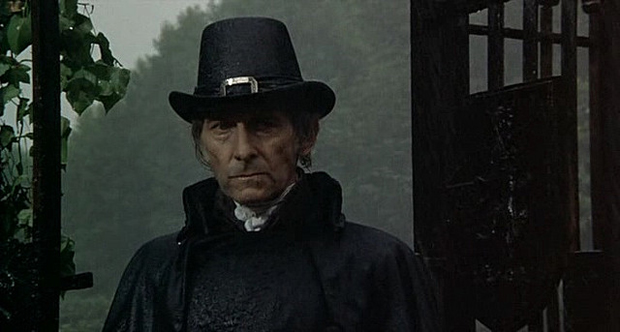
This is a rare full-length effort for UK movie company Amicus Productions, who usually went in for portmanteau horror films. There’s much to like about And Now The Screaming Starts, but perhaps there isn’t quite enough plot to fill an hour and a half.
But there is a great setting, Oakley Court near Bray, which has often appeared in horror films, including The Reptile (1966), The Plague Of The Zombies (1966), and even The Rocky Horror Picture Show (1975). It is a magnificently creepy house. And there is Peter Cushing, who turns up half-way through and lifts the movie to a new level with his intelligent performance.
Before his arrival, the movie mainly consists of Stephanie Beacham screaming a lot, which can get wearing, and the whole movie feels a little tired. Beacham plays a young bride who arrives at her husband’s ancestral home only to start seeing a decapitated head with dripping eye sockets. It’s horrible enough to make for some good jumper moments, but the moments in between are slow. Still, if you have a fondness for Hammer or Amicus, this fits the bill nicely. And Herbert Lom is evilly fun in it, too.
2. The Baby
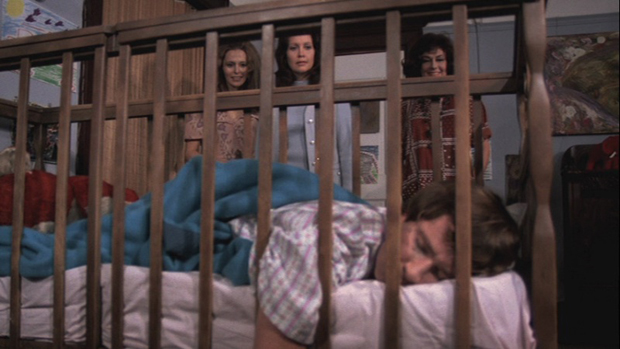
Now a cult classic, The Baby tells the story of a social worker who gets involved with a family of a domineering mother, two squabbling older sisters, and one baby. Except the baby is 21 years old, and seeing him sitting around in nappies and shaking a rattle is one of the strangest cinematic experiences you can have.
The Baby produces a queasy feeling in the viewer. But it’s not because of graphic images or bloodshed. It’s unsettling and grim, and awash with the worst of 70s fashion. It irrevocably moves along in a direction you’re sure you don’t want to visit. As the depth of depravity of the lead characters is revealed, you begin to dread just how low the movie is prepared to go. And the answer is – really low. When the end comes it is so dark, so twisted, that it’s impossible to forget.
3. Don’t Look Now
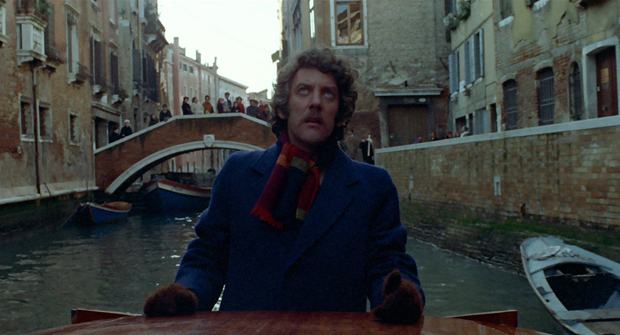
Based on a Daphne Du Maurier short story, Don’t Look Now is a movie of extremes. It moves from tenderness to brutality, from despair to hope. Donald Sutherland and Julie Christie play a couple who are trying to recover from a terrible loss. They look bewildered and terrified – not of death, but of life. To be honest, I’m not sure why Don’t Look Now is called a horror movie. It’s an examination of what it means to be left behind.
They travel to Venice and meet an old lady who claims to be a medium. She gives them a message from their dead daughter, and they struggle to make sense of it. And the feeling of dread, present from the first moments of the movie, pervades everything. It’s one of the greatest uses of colorin a movie. Those overcast English days and dark Italian canals can suddenly, unexpectedly, bloom into red. That’s the horror of the movie, perhaps – those shocking moments of red.
4. Ganja And Hess
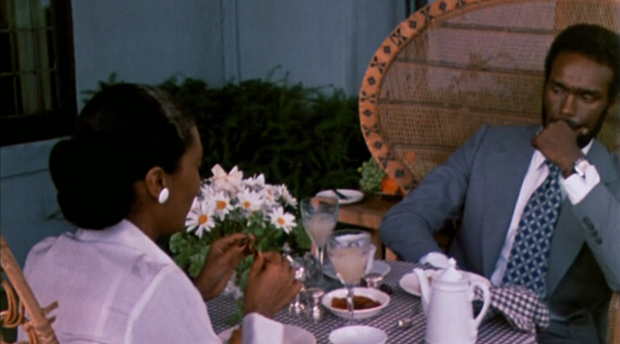
Dr Hess Green (Duane Jones), professor of anthropology, is stabbed by his crazed assistant, who uses a sacrificial dagger brought back from Africa. The assistant then commits suicide; his wife, Ganja, arrives to find out what has happened. What she finds is Hess as a vampire, changed by the knife, needing to drink vast amounts of blood to stay alive. And she also finds a new kind of love, leading to her own change to vampirism.
Ganja And Hess is utterly strange. It asks deep questions about what it means to be a victim, or a saviour. At times it feels like a documentary and at other moments it jets off into streams of consciousness, the camera swinging wildly. It uses sound, editing, imagery and structure in really surprising ways. It’s classed as part of the Blaxploitation genre, but you might feel more comfortable with it if you’re a lover of the French New Wave rather than Blacula.
Ganja And Hess premiered at the Cannes movie Festival in 1973, where it received a standing ovation. Then it was taken away, cut extensively, released under a new title, and disappeared for decades. It really is a challenging piece of work, but it feels fuelled by a genuine desire to examine passionate and religious experiences from an undervalued cultural viewpoint. It’s unique.
5. The Hanging Woman
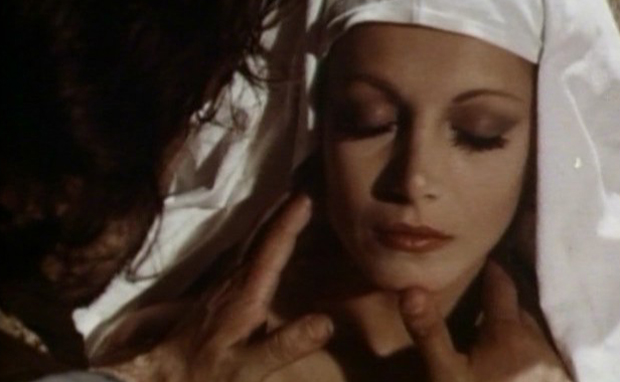
This Spanish production is a titillating tale of Scottish scientists, zombies, gravediggers and sexy widows and chambermaids. It’s had many titles over the years, including Dracula: The Terror Of The Living Dead and The Orgy Of The Dead (neither of which are at all accurate) but The Hanging Woman suits it quite well, only because there’s actually a woman who gets hanged in it.
It’s slow to get going, and the acting is generally pretty bad, but there are some creepy moments, particularly towards the climax. Plus cult icon of Spanish horror movie theater Paul Naschy makes an appearance as a barmy gravedigger called Igor, and steals the movie easily.
The Hanging Woman has a bleak, cold look to it, and the zombie make-up is effective in contrast. It’s far from the most accomplished horror movie of 1973, but it is lots of fun, and worth a look if you’re a Naschy fan or if séances freak you out. There’s a really scary one in this movie. Brr.
6. The Killing Kind
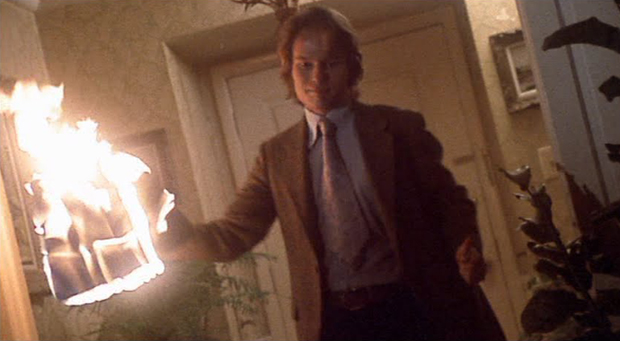
This movie begins with a gang rape. Terry Lambert (John Savage) is egged on by his friends to take part, but he can’t go through with it. Then, abruptly, we jump forward two years – Terry is leaving prison. He turns up on his overly affectionate mother’s doorstep, and she welcomes him in. She has no idea just how much he’s changed. But she’s about to find out.
Voyeurism, animal torture, sadism, sexual violence, murder – The Killing Kind is full-on nasty, with Terry’s enjoyment and horror at his own capacity for cruelty taking center stage. It’s a movie in which women are either whores or repressed whores, and these one-dimensional characters give the movie a grimly misogynistic tone. But there are some things director Curtis Harrington does incredibly well on a low budget. He builds suspense brilliantly, and he gets an intense performance from John Savage, and also a vulnerable performance from Ann Sothern as Terry’s mother. Their moments together are powerful.
My favorite moment is the bathtub scene. It’s a Psycho-homage, soundtrack and all, with a really black sense of humor.
7. The Legend Of Hell House
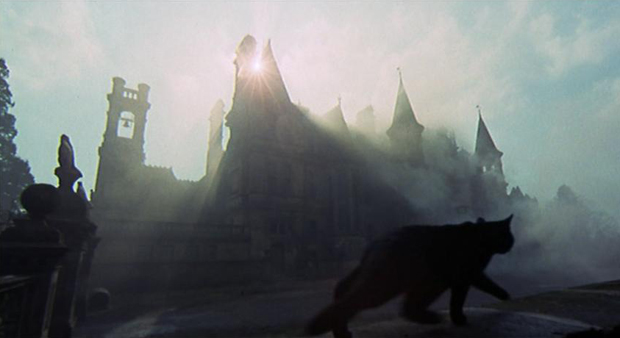
With a screenplay by Richard Matheson (I Am Legend, Duel, The Shrinking Man), The Legend Of Hell House had the great starting point of a really intelligent and gripping script. It makes for a superior haunted house movie that takes the form of a documentary-style conversation between four people – two mediums, a physicist and his wife – who are investigating the home of one of the most debauched men who ever lived. Think Aleister Crowley on a bad day. He may be dead, but he’s still hanging around attempting to bump off anyone who visits. Can the group uncover the mystery that leads to his huge attitude problem? Will they all escape alive? I don’t think I’m giving away too much to say – probably not.
This is a British movie with an American feel, which makes it weirdly unsettling to watch. Director John Hough (who also directed Disney’s equally creepy The Watcher In The Woods) employs strange angles and odd close-ups so that you never get comfortable. Roddy McDowall and Pamela Franklin give great performances as the mediums, and Roddy McDowall’s thick glasses are used really well.
Perhaps the ending does descend into ridiculousness, with the introduction of a super-computer crossed with a psychic vacuum-cleaner, but the first hour makes full use of that great big creepy house, with cobwebs, statues, and swinging chandeliers adding to the atmosphere of gloom.
8. The Norliss Tapes
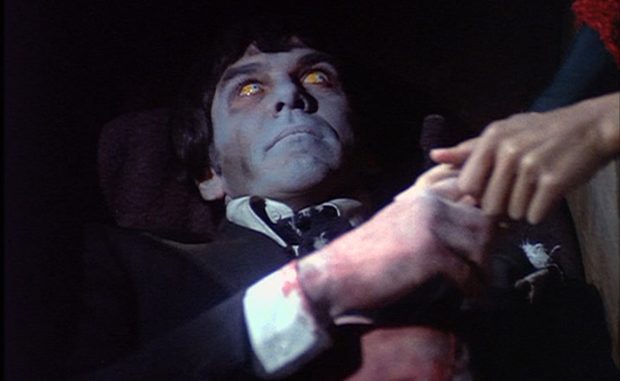
David Norliss is a writer with an interest in the occult. When he mysteriously disappears, his publisher discovers a series of cassette tapes left in his study, documenting his research into the case of a young widow (played with conviction by Angie Dickinson) whose dead husband has turned back up with an alarmingly blue face and strangled her pet dog. As the tapes play, a strange and macabre story unfolds…
This movie is so much fun. It was made as a television pilot (the series was never picked up) and it incorporates every horror element it can think of. The monster is a vampiric zombie who wears Egyptian jewelry and is involved in Paganism. There’s a really great spooky moment in a motel that rivals Psycho (that movie was obviously still a big influence on 1973 horror), and a lot of driving around in pouring rain looking worried. It looks like the directionless culmination of a long line of horror tropes, trying everything to scare you but without any real conviction. Still, you have to admire the amount of effort.
9. Soylent Green
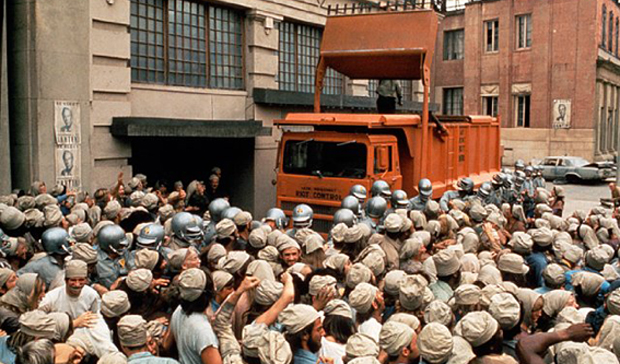
Charlton Heston is a great actor. He has an amazing sense of integrity onscreen, and shoulders of granite, upon which some very weird ideas can be upheld. Look at Planet Of The Apes (1968), The Omega Man (1971), and Soylent Green. They rely on Heston to make us buy it. Without his shocked, handsome physicality, I don’t think any of those movies would work half as well.
1973 was a great year for movies that incorporated a twist. Soylent Green’s twist is far too good to give away if you don’t already know it. It’s a sci-fi dystopian horror movie, set in a crowded future where Heston plays Detective Thorn, working on an investigation into the murder of a member of the board of the Soylent corporation. Soylent makes food from ocean plankton, and it’s the only thing keeping humanity from starving. The problems painted here seem more and more realistic as time passes. A polluted Earth, a depleted land – Soylent Green becomes harder to watch. Every time I see him I identify with Heston’s tortured veracity a little more.
10. The Wicker Man
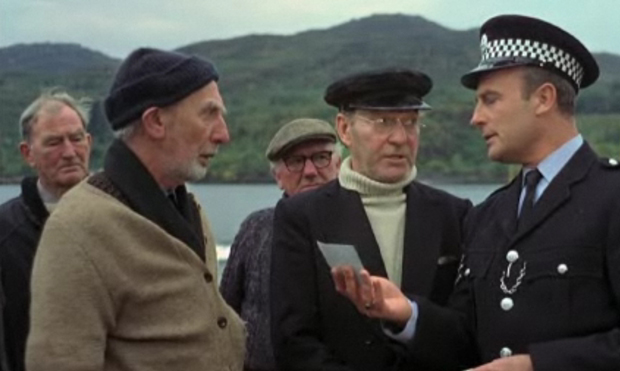
Sergeant Howie (Edward Woodward) travels to the remote Scottish island of Summerisle in search of a missing girl. The locals are on the strange side, as is Lord Summerisle (Christopher Lee). They’re getting ready to celebrate their traditional Spring festival. It’s going to involve a lot more than dancing round a maypole.
The Wicker Man is one of those films that completely captures you. You identify with Sergeant Howie and his battle to find the truth, and, like him, you are also fascinated by the pagan rituals of the islanders and their openness to sex and procreation. It’s a heady mix of the desired and the dangerous, and as you move further and further into unfamiliar territory you don’t realise the danger until it’s too late. By then you’re emotionally involved, and the ending is almost too brutal to bear.
The Wicker Man was initially 102 minutes long, but was cut to 87 minutes and released as a double bill with Don’t Look Now. I would have loved to have seen the full uncut movie, but can you imagine going to the movie theater to see Don’t Look Now followed by The Wicker Man? Mind-blowing. I envy anyone who went along to that double bill without knowing what they were going to see.
1973 really was a great year for horror movies. From schlock to cerebral, blaxploitation and art-house, a number of films pushed the boundaries of the horror genre with great scripts, direction, and stunning performances from actors such as Charlton Heston, Christopher Lee, Duane Jones, and Julie Christie.
The Exorcist remains a monolith in the landscape of horror movies, but it wouldn’t be my personal choice for the scariest movie of 1973. The one on this list that’s stayed with me the longest and still makes me shudder is The Wicker Man. But maybe it takes a golden period of horror – a collective effort of many gifted writers, directors and actors – to result in films as brilliant as The Exorcist or The Wicker Man. It’s great to look at these movies as a collection and see that they now exert influence in turn on the horror genre of today. The Exorcist is not so much a monolith as one of many building blocks, some big, some small. All of them still have their place in shaping the many elements that make up movie horror.
Follow our Twitter feed for faster news and bad jokes right here. And be our Facebook friend here.
